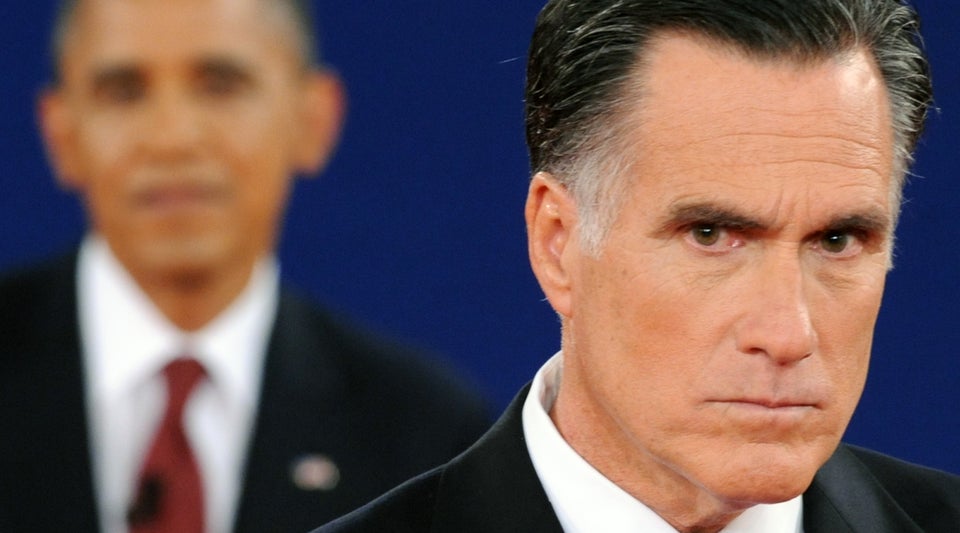In Tuesday night's presidential debate, Mitt Romney thrusts his fists against the posts and still insists he sees the ghosts. We're talking tax policy, and try as he might, the Tax Policy Center's analysis of his plan is the rock in the road he has to get around.
In a recent paper I wrote with two colleagues, we showed that a revenue-neutral plan that met five specific goals that Governor Romney had put forth (reducing income tax rates by 20 percent, repealing the estate tax, the alternative minimum tax, and capital income taxes for middle class households, and enhancing saving and investment) would cut taxes for households with income above $200,000, and -- as a result of revenue-neutrality -- would therefore necessarily have to raise taxes on taxpayers below $200,000.
This was true even when we bent over backwards to make the plan as favorable to Romney as possible. We considered an unrealistically progressive way of financing the specified tax reductions. We accounted for revenue feedback coming from potential economic growth estimates as estimated by Romney advisor Greg Mankiw. We even ignored the need to finance about a trillion dollars in Romney's proposed corporate cuts.
Our conclusion was not a prediction about Governor Romney would do as president, it was an arithmetic calculation: all of the promises couldn't be met simultaneously without resorting to tax increases on households with income below $200,000.
This is an important thing to remember as you consider the criticism of Romney's tax plan. Those who have evaluated it have bent over backwards to assume the best about Romney's tax plan. Time and time again, it's been found to be innumerate. Bloomberg's Josh Barro did his level best to put down the final verdict on the matter last week:
I said Romney's tax plan is mathematically impossible: he can't simultaneously keep his pledges to cut tax rates 20 percent and repeal the estate tax and alternative minimum tax; broaden the tax base enough to avoid growing the deficit; and not raise taxes on the middle class. They say they have six independent studies -- six! -- that "have confirmed the soundness of the governor’s tax plan," and so I should stop whining. Let's take a tour of those studies and see how they measure up.
The Romney campaign sent over a list of the studies, but they are perhaps more accurately described as "analyses," since four of them are blog posts or op-eds. I'm not hating -- I blog for a living -- but I don't generally describe my posts as "studies."
None of the analyses do what Romney's campaign says: show that his tax plan is sound.
Read the whole thing: that's precisely what the six "studies" that Romney has touted as support of his plan have said.
Finally, I would note one item that the Romney campaign does not cite in support of its tax plan: Any analysis actually prepared for the campaign in preparation for announcing the plan in February. You would expect that, in advance of announcing a tax plan, the campaign would commission an analysis to make sure that all of its planks can coexist. Releasing that analysis now would be to the campaign's advantage, helping them put down claims like mine that their math doesn't add up.
Why don't they release that analysis? My guess is because the analysis doesn't exist, and the 20 percent rate cut figure was plucked out of thin air for political reasons without regard to whether it was feasible.
The problem for Romney remains: his tax proposals either blow out the budget, or force a tax hike on middle-income earners.

